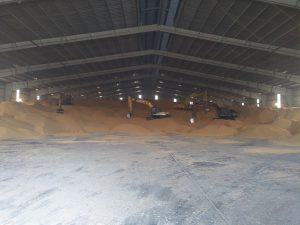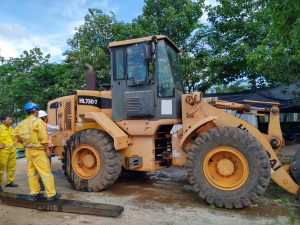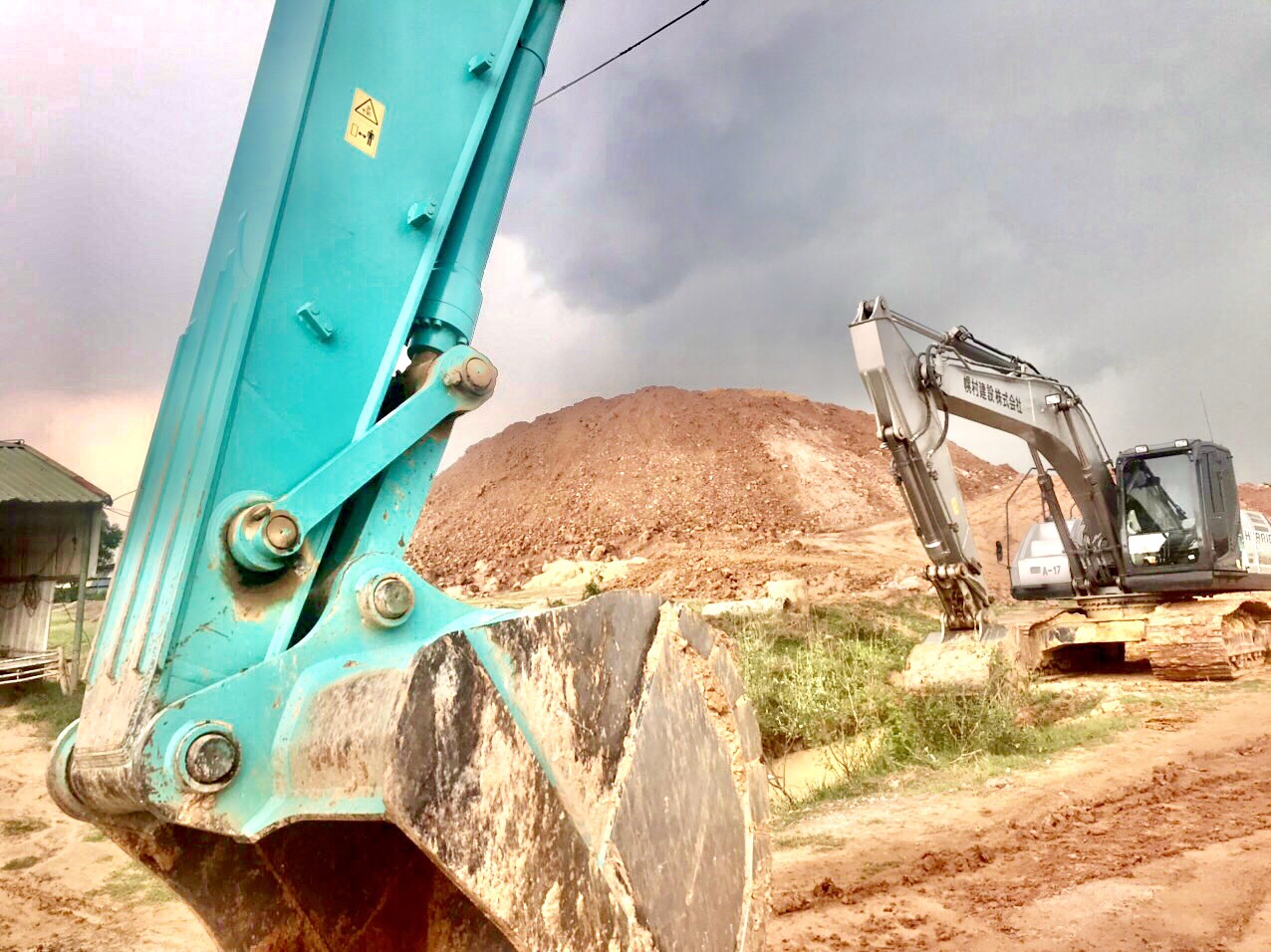Heavy Machinery is the most expensive construction equipment you own. It’s also the costliest to repair or replace. This guide will show you how to save money and extend the life cycle of your equipment with regular maintenance best practices.
We’ll identify commonly overlooked areas of maintenance, and identify simple things you can do to greatly impact the long-term value of your most vital equipment. Even the most powerful and dependable machinery requires basic attention to ensure it provides the exceptionally long service life and unmatched productivity.
WHY YOU NEED TO BE PROACTIVE ABOUT MACHINE MAINTENANCE
Being proactive in your heavy equipment maintenance schedule helps prevent expensive downtime. Regular maintenance helps predict when failure is likely to occur, allowing you to find a solution to problems before they happen.


START YOUR INSPECTION FROM THE GROUND
The first part of any preventive maintenance checklist should be done from outside the vehicle.
- Lights: If your vehicle has any lights — headlights, brake lights, warning lights, etc. — they should be inspected to ensure they are working properly. Any burned-out bulbs should be replaced.
- Steps, handrails, and grab irons: Ensure all these grab points are secure and that they aren’t rusty or damaged, which could make them dangerous.
- Undercarriage: This is especially important if you work in areas where it snows or your equipment is exposed to salt or road de-icing chemicals. Inspect the undercarriage for signs of rust or damage.
- Brakes: This step has a variety of things you will need to inspect, including the filters, fluid levels, lines and fittings, and the parking brake. If any of these things look like they’re getting ready to fail, it is a good idea to take the equipment off the floor until it can be repaired.
- Electrical lines: Inspect any exposed wires to ensure their insulation is intact.
- Hydraulic lines: Inspect these lines for any signs of leaks that could cause equipment failure.
- Hydraulic oil: The oil that is carried through the hydraulic lines needs to be inspected, too. Look at the oil levels, and check the hoses, cylinders and fittings for any leaks.
- Fuel tank: The cap should be in place on a fuel tank, and the tank itself should be inspected to ensure there are no dents in the metal that could weaken the tank and lead to leaks.
- Lift arms: If the equipment has any lift arms, they should be inspected and checked for rust, leaky hydraulics and other weak points.
- Body: Inspect the body of the equipment for rust, damage or other potential problem points.
- Grease lines: If your equipment has grease lines, check them for leaks.
- Check for leaks: Other places that leaks could occur might be in coolant lines, fuel lines or tires.
- Work tools: For any smaller work tools, make sure to inspect their cutting edge or teeth to see if they need sharpening.
MACHINE-SPECIFIC INSPECTIONS
The inspections you do will vary depending on the exact specifications of the machine.
- Wheeled machines: On machines with wheels, you will need to check the tires and make sure the valve stems and the tire tread are in good repair. Make sure the tires are also inflated properly. Rims should be inspected for damage, and lug nuts should all be in place and tight. Axles and drive shafts should also be inspected for damage or rust.
- Tracked machine: For machines with tracks instead of wheels, you will need to inspect the rollers and sprockets in the undercarriage for signs of rust or wear. Idler wheels should also be inspected to ensure they aren’t damaged and that they spin freely. Metal track shoes and links should be inspected for damage. Rubber tracks should be inspected for tension and the tack of the rubber. The torsion axles on these machines should be checked for rust or damage.
INSPECTING THE ENGINE COMPARTMENT
Once the exterior of the machine has been examined, the next step is to look under the hood.
- Fluid levels: Oil, engine coolant and transmission oil levels need to be checked. Any fluids that are lower than their optimum level should be refilled, and the equipment should be checked for obvious leaks.
- Air filter: Check the oil filter to see if it is dirty and needs to be replaced. These filters should be replaced regularly anyway, but a dirty filter can make your engine run poorly.
- Belts and hoses: Belts should be inspected for signs of undue wear. They should be tight on the pulleys, but should not be pulling so hard that the pulleys themselves are damaged. Hoses should be inspected for leaks, and for signs of wear or dry rot.
- Battery connections; Battery terminals should be inspected for signs of corrosion and replaced if they are damaged.
- Covers and guard: Any existing safety covers or finger guards should be inspected to ensure they are in good shape. Any damaged covers should be removed and replaced.
INSPECTING THE CAB
Finally, you will want to inspect the cab of the equipment.
- Outside the cab: Again, inspect any lights in the cab to ensure they’re working. Windows and mirrors should be inspected for clarity and any chips or cracks. Washer fluid levels should be checked, and any windshield wipers should be inspected for wear. Finally, ROPS should be inspected for any undue wear and tear.
- Inside the cab: First, inspect the seat to ensure it is in good working order. Seatbelt installation dates should be checked. Recheck the mirrors and windows from the inside of the cab for any chips or cracks that aren’t visible from the outside. Make sure the pedals move easily and that all lights that are controlled from inside the cab turn on and off smoothly. If you keep a fire extinguisher in your cab, inspect it to ensure it is properly charged and has been inspected recently.
Preventive maintenance can help catch small problems before they become big ones that might completely sideline your equipment. It might take a few extra minutes every day, but it’s worth it in the long run.
MacAllister Machinery provides site inspections and in-shop service as part of our preventive maintenance programs included in a Customer Value Agreement. We also provide diagnostic technology with technical analysis to thoroughly inspect each major system of your machine. Including this extensive computer diagnostic lets you automatically record if you’ve completed maintenance tasks like scheduling fuel, oil, coolant and hydraulic fluid sampling.


